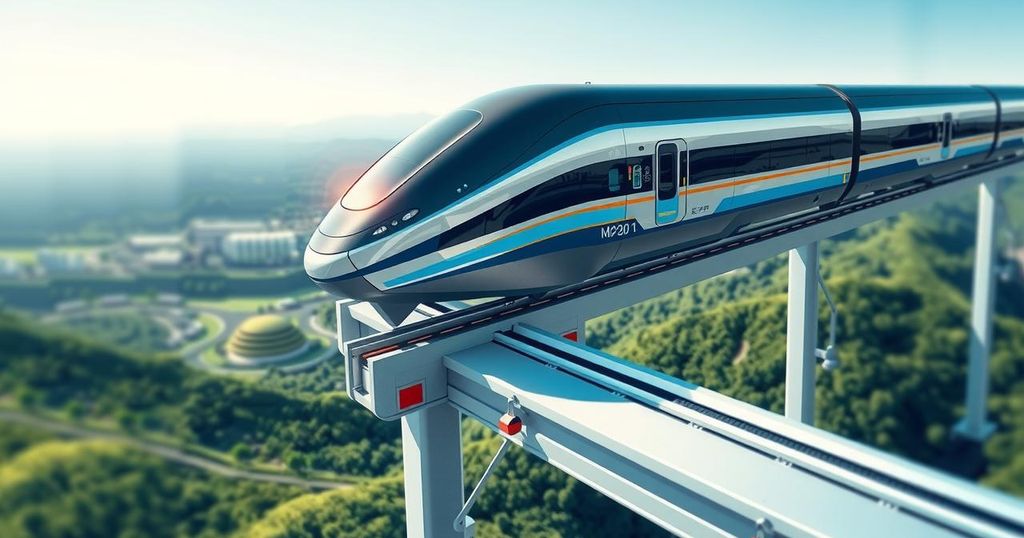China’s Flying Train Technology Could Render HS2 Obsolete

- China’s advanced maglev train could hit 373 mph, eclipsing HS2.
- The CRRC 600 maglev prototype reflects major technological confidence in China.
- Traditional trains max out around 200 mph compared to maglev’s vast speed potential.
- HS2 is scheduled to open at 225 mph as China’s maglev project gains momentum.
- Prof. Kluehspies predicts maglev will make traditional bullet trains like HS2 redundant.
China’s flying train threatens to outpace HS2
China’s plans for a groundbreaking 600 km/h (373 mph) “flying train” could put Britain’s HS2 operations in a tight spot. The new magnetic levitation (maglev) prototype showcased by state-owned CRRC last week in Beijing has sparked conversations about the future of high-speed rail. Traditional trains typically struggle to exceed speeds of 200 mph, but maglev trains, floating just above their guideways, minimize friction and can achieve astonishing speeds.
Maglev technology boasts impressive new speeds
The CRRC 600, as it is aptly named, aims to create a travel niche that sits between the speed of high-speed trains and jet aircraft, potentially reforming long-distance travel. For instance, travel between Beijing and Shanghai could be slashed from 4.5 hours to just 2.5 hours. Professor Johannes Kluehspies, leading the International Maglev Board, believes these advances can render conventional bullet trains, including HS2, redundant, given that HS2 is expected to run at 225 mph when it finally opens.
HS2’s challenges in light of emerging technology
Still, the landscape is complicated. While the maglev may push the limits of speed, the infrastructure needed differs significantly from traditional high-speed rail systems. For example, the current plan for HS2 includes extensive tunneling and construction work. Construction costs for maglev lines trend higher, but their elevated design, which simplifies traversing challenging terrains, may mean they are a more viable option in the long run. The hesitancy for Britain to adopt maglev stems from the experience with HS2’s delays and escalating budget surmounting £100 billion. Transport expert Jeremy Acklam suggests that Britain might hesitate until they see successful implementations in places like Japan.
In summary, China’s pursuit of a 373 mph maglev train poses a real threat to the planned HS2, which could soon be considered outdated upon its debut. The advanced maglev technology, especially with its reduced maintenance costs and emissions-free profile, may revolutionize high-speed rail travel. However, as countries like China and Japan compete in this arena, Britain’s cautious approach may leave it lagging behind the cutting edge of train technology.




